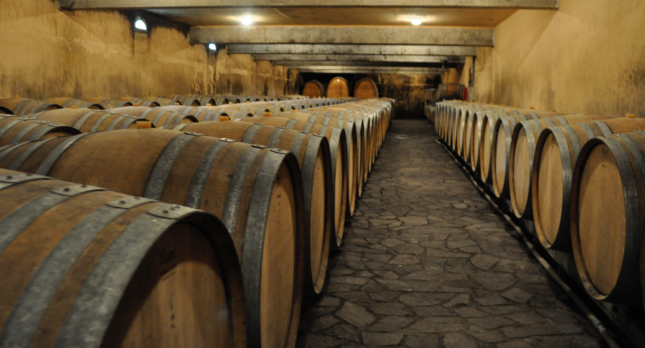
Yep, Château Two by Four. That’s what we in the industry call a wine that is over oaked. The subject of oak treatment and oak barrels is complex and can be hotly debated among winemakers, sommeliers and schooled enthusiasts alike. As a wine educator, I often bring the conversation around to the role oak plays in the aging process of wine. It’s key to understanding and recognizing oak’s impact as you develop your palate.
Here are a few facts about oak barrels and other oak treatments:
• Oak costs $$$: To give you some economic perspective, a premium French oak barrel can cost upward of $1,200. An American oak barrel costs around $400. The difference? French oak has a lighter kiss on the wine. American oak, if used recklessly, will clobber the fruity goodness out of a wine.
• New oak: If you read a description of a wine and it says it was aged in 25 percent new oak, it means that the other 75 percent was aged in barrels that have been used for previous vintages. The winemaker is letting you know that the wine has not been clobbered by oak. New oak imparts strong oak flavors, whereas the older barrels are merely adding a bit of texture and a perfect aging environment.
• Creepy oak chips: Don’t for a minute think that a $10 Cabernet Sauvignon or Chardonnay has seen the inside of an oak barrel. Mass-produced wines are aged in massive stainless-steel vats with huge permeable bags (think: giant tea bags) of oak chips.
Oak imparts these flavors on wine: Coffee, vanilla, coconut, toast, cedar, wood, smoke, peat, sweet tobacco, butter, dill.
A well-made red wine that is treated with oak ages in oak barrels for several months to several years. Pinot Noir, which is a lighter, fruitier wine might spend zero time in oak or only 10 to 16 months on oak whereas a Cab can spend as much as three years in oak and then another two years aging in the bottle before it’s ready for show time.
A fun and informative wine-tasting activity with friends is to pool your money together and buy two Cabs in the $40 to $50+ range and two Cabs in the $3 to $12 range and conduct a blind tasting. Compare notes and then reveal the labels and the price tags.
Pam Long is a Master of Wine student and wine educator. She presents seminars through HSU’s College of eLearning & Extended Education and OLLI programs. Contact her directly at ipamlong@gmail.com.



Leave a Reply